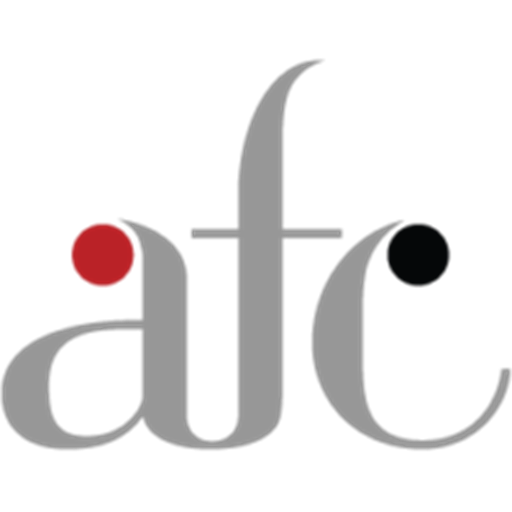Do you believe this would be a good investment? You put up $500,000. You will split any profits 40% to you and 60% to the advisor and company. If there is a loss you will take all the loss and you will have to pay all the fees and costs in addition. Do you really think that is a great investment?
A lot of people do or so it seems. People don’t do the math and most of the fees are hidden. Tony Robbins puts it this way: “The vast majority of people in the financial services industry care intensely for their clients, and more often than not, they are doing what they believe to be the best thing. Unfortunately, many don’t also understand how the “house” reaps profits whether the client wins or not. They are doing the best they can do for their clients with the knowledge (training) and the tools (products) they have been provided. But the system isn’t set up for your broker [financial advisor] to have endless options and complete autonomy in finding what’s best for you. And this could prove costly.”1
Josh Brown put it this way: “Most of the brokers I know and have met over the years are phenomenal, world-class salespeople…But a great many of these security selling savants don’t attain the knowledge necessary to actually accomplish anything for their clients… Selling one’s expertise is much easier than actually developing an expertise, especially as it pertains to investing.” 2
Mutual funds publish and tout their expense ratio. What they do not publish are the actual fees most of which are hidden and can be up to 60% of the total return. Here is a listing which is not all inclusive:
- Expense fees (the expense ratio)
- Cash carry cost
- Asset management fees
- 12b-1 fees
- Marketing fees
- Trading costs
- Brokerage commissions
- Spread costs
- Market impact costs
- Soft-dollar costs
- Redemption fees
- Account fees,
- Purchase fees,
- Record-keeping fees in 401Ks
- Plan administrative fees in 401Ks1
Is it any wonder that studies done by firms like SEI3 surveying advisors finds the average return of their clients is around five percent (5%) when the S&P 500 with dividends reinvested is considerably higher.
In my opinion it is not that the stock selection trails the market by that much, it is when all the stated and hidden costs are added a good part of the total return, up to the 60% mentioned above goes to the advisor and even more so to the firm.
It all comes down to this. $500,000 invested at 5% over 25 years will grow to $1,693,177 which seems pretty nice to see a triple. But that same $500,000 invested at 10% over 25 years will grow to $5,417,352 and at 15% to $16,459,476. Now no one can guarantee that a portfolio will grow at 15% or even 5%.
In the agreements we sign with clients we put it in writing that our goal is to outperform over the longer-term (5 to 10 years) the S&P 500 with dividends reinvested We believe that can be done without taking significant risk. That is why we invest client portfolios in the stocks themselves rather than mutual funds and ETFs that carry those disclosed and undisclosed fees.
There is a reason that football teams and baseball teams keep scores. It is the only way to know who the winner is. On Jeopardy the TV show they keep score. It is the only way to know who wins. The investment business is, as far as I know, the only industry where most clients do not know the score (return) on their investments.
How about you the reader of this newsletter? Do you know how your investments are doing compared to the S&P500 TR? Dig out your last statement. Check to see if it shows your investment portfolio and how it would have done compared to just the S&P 500. If it does not show, why do you suppose that would be? Could it be those hidden fees?
Click on the link below, send us your statements and we will give you a comparison. It is a no-cost, no-obligation offer. Don’t you think you should know if you are getting the benefit or your investments or is it Wall Street?
Notes:
- Money Master the Game by Tony Robbins
- Backstage Wall Street by Josh Brown
- Coach Through Biases – Yours and Your Clients, SEI, Anderson and Womack, July 2019

